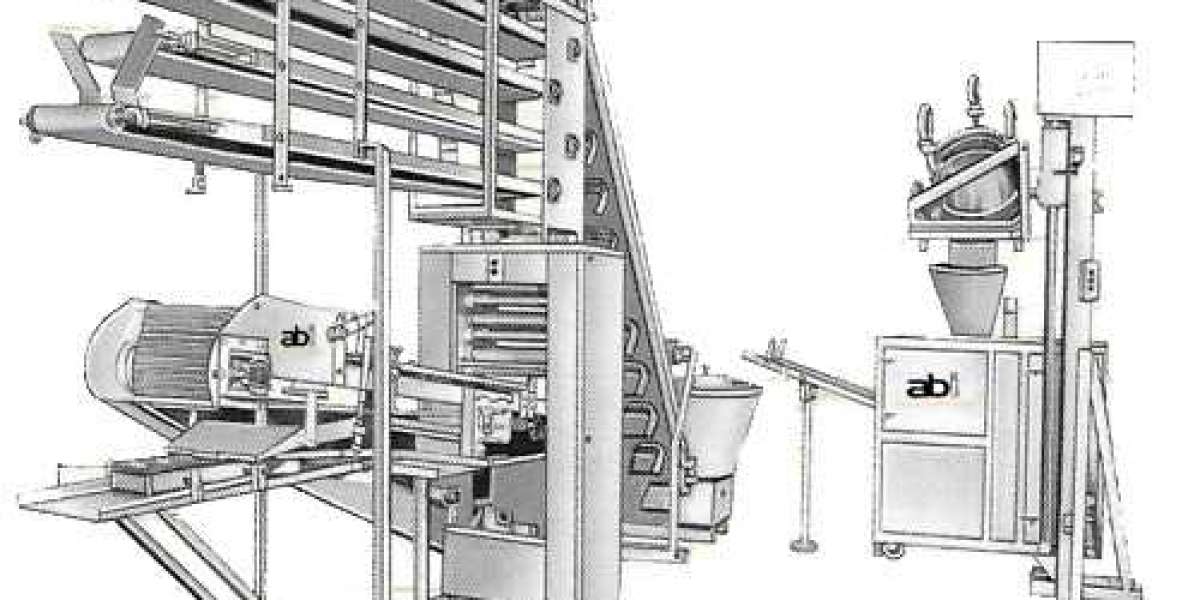In the realm of sealing technology, O-rings stand out as one of the most widely used and versatile components. These circular rings, typically made of elastomeric materials, provide a tight seal between two surfaces, preventing the escape of fluids or gases. Among the various types of O-rings, spliced O-rings offer unique advantages for specific applications. This blog delves into the world of spliced O-rings, exploring their benefits, applications, and how they differ from traditional molded O-rings.
What Are Spliced O-Rings?
Spliced O-rings are made by cutting an O-ring cord to a specific length and then joining the ends together using a splicing method. This process creates a continuous ring that can be customized to any size, making it an ideal solution for non-standard or large-diameter sealing applications. The splicing can be done using various techniques, including vulcanizing (heat and pressure), adhesive bonding, or cold bonding, depending on the material and the intended application.
Benefits of Spliced O-Rings
Customization: One of the primary advantages of spliced O-rings is the ability to create custom sizes. Unlike molded O-rings, which are limited to standard sizes, spliced O-rings can be made to fit any required diameter, making them highly versatile.
Quick Turnaround: For industries requiring quick solutions, spliced O-rings offer a faster turnaround time compared to custom-molded O-rings. This is particularly beneficial in urgent repair situations or when working with unique or older equipment.
Cost-Effective: Producing custom-molded O-rings can be expensive, especially for small quantities. Spliced O-rings eliminate the need for custom molds, reducing production costs and making them a more economical option for custom applications.
Material Variety: Spliced O-rings can be made from various materials, including nitrile, silicone, EPDM, Viton, and more. This range of materials ensures compatibility with different fluids, temperatures, and environmental conditions.
Applications of Spliced O-Rings
Spliced O-rings are used in a wide range of industries and applications, including:
Hydraulic Systems: In hydraulic systems, spliced O-rings provide reliable sealing for large-diameter components, preventing fluid leakage and maintaining system pressure.
Food and Beverage: Spliced O-rings made from FDA-approved materials are used in food processing and packaging equipment, ensuring hygienic sealing solutions.
Aerospace: The aerospace industry relies on spliced O-rings for sealing large access panels, doors, and other critical components where custom sizes are required.
Automotive: In the automotive sector, spliced O-rings are used in various applications, including sealing large engine components and custom aftermarket parts.
Industrial Machinery: Spliced O-rings are essential in industrial machinery for sealing large shafts, cylinders, and other equipment parts, ensuring smooth and efficient operation.
Comparing Spliced O-Rings to Molded O-Rings
While spliced O-rings offer numerous advantages, it's essential to consider their limitations and how they compare to molded O-rings:
Strength and Integrity: Molded O-rings generally have higher strength and integrity due to their seamless construction. Spliced O-rings, depending on the splicing method, may have a weaker joint, which could be a concern in high-pressure or high-stress applications.
Consistency: Molded O-rings provide consistent quality and dimensions, making them ideal for critical applications where precision is paramount. Spliced O-rings may have slight variations at the splice joint, which could impact performance in some cases.
Production Volume: For large production runs, molded O-rings are more efficient and cost-effective. Spliced O-rings are better suited for low-volume or custom-size requirements.
Conclusion
Spliced O-rings are a valuable addition to the sealing technology landscape, offering customization, quick turnaround, and cost-effective solutions for various applications. While they may not replace molded O-rings in all scenarios, their unique advantages make them an essential component in industries requiring non-standard sizes and rapid solutions. Understanding the benefits and limitations of spliced O-rings allows engineers and designers to make informed decisions, ensuring optimal performance and reliability in their sealing applications.











